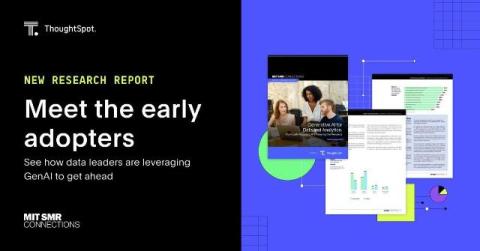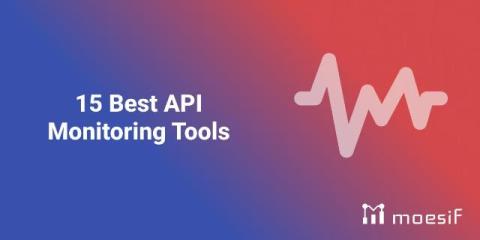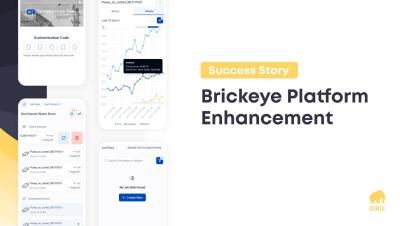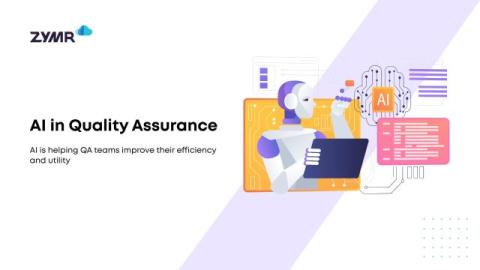How GenAI early adopters gain a competitive advantage in analytics
With generative AI, you have the opportunity to deliver a data strategy that helps business people answer their most pressing data questions—providing unprecedented value to your internal teams, partners, and customers. Hype around GenAI has overwhelmed people with too many use cases and too little focus on achievable value. That’s why we sponsored a first-of-its-kind survey with MIT SMR Connections, asking 1k global data and business leaders questions.











